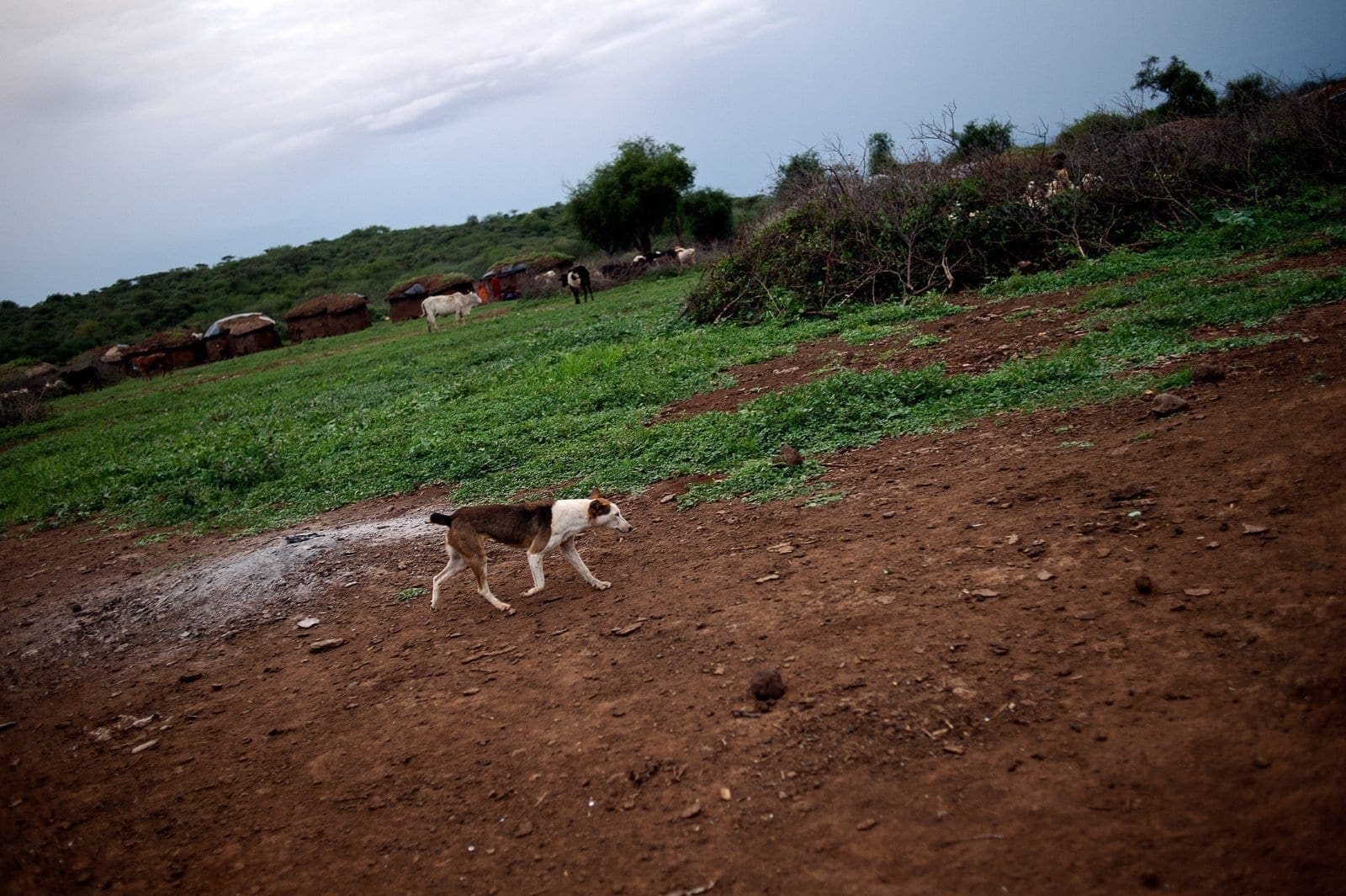Africa changes. It is perhaps a commonplace to claim that no place in the world offers so much (to those who are willing to receive), but this is punctually true, in every circumstance, in the colours of its wilderness, in the fragrances of aromas in the markets, in the humanity of the people. The last point that made me return was that you can still find humanity without infrastructure outside the big cities.
I first learned about Africa in 2014 when I visited the fantastic, grandiose area north of Tanzania, with its endless parks. Of the two weeks we spent there, however, the most significant twenty minutes were spent visiting a tiny Maasai village in the center of the Ngorongoro crater, an unscheduled visit proposed by our driver who knew the village chief.
The albeit brief visit affected me deeply: I did not take a single picture.
There was a moment when I came close. A little girl of about ten years old was coming out of a small mud hut, and upon seeing me, she took on an expression mixed between curiosity and fright and stared at me in the half-light from the place she was coming out of, bringing a hand to her mouth pensively. A perfect moment (and a photo, perhaps), ready, given to me so effortlessly. I failed to take the picture, remaining in a daze staring at the scene until the village chief, who had continued walking, noticed that I had fallen behind and called me, motioning me to follow him.
That was the moment I decided to return. I remember, getting back into the jeep, that I thought precisely, ‘I am going back’. I had a great desire to talk about these people from the inside. I wanted to know what living on the savannah in those huts was like. I wanted to know their everyday life. So it was that after my return, I went in search of a suitable place, even though I could not imagine why a Maasai village would accept the presence of a Mzungu (European, generically a white man), moreover, a photographer.

Meeting Catarina Jimenez in the land of the Masai
After much research, I came across an interview with a traveller initially from Costa Rica, Catarina Jimenez, a woman who had single-handedly managed to make herself known and well-liked by an entire Maasai community (so much so that she was blessed as Maasai and called Nemeyan), by helping to build the village school. I immediately contacted her and she, who was immediately enthusiastic about my project, told me that she was planning to return to the Maasai community in Kenya and that she would then act as my liaison.
I did not think twice and between logistical arrangements, postponements and other obstacles I managed in May 2016 to go to Kenya, where I met Catarina and the Maasai community of Rombo Manyatta, who welcomed me into the village for two weeks, hosted by one of the village mamas, in a tiny mud hut.
I consider myself very lucky to have had the opportunity to experience this.
My story, realised by living the everyday life of these people, was instinctively linked to the uncertainty of their future. I experienced a small cross-section of change: some young people no longer wear traditional clothes. Many have mobile phones (though they have no electricity…) and are fascinated by modernity. Some Maasai have small motorbikes and love chewing gum. It is the West coming in, but at the same time, they are still proudly attached to their traditions and way of life. That intangible feeling of lack that I discovered I had in my life as a Westerner, a gap that I did not think I possessed, but which once I became aware of, I started to wonder how it was possible not to see it. It originated and resolved itself there, in the remote Masai village of Rombo Manyatta.
This incredible richness that I have called humanity is what they must treasure when pressing modernity catches up with them. My disquiet was due to their unconscious blindness to the future looming over them. When everyone has a motorbike and a mobile phone and the infrastructure make their lives more comfortable, would they still be able to teach us how to live?



